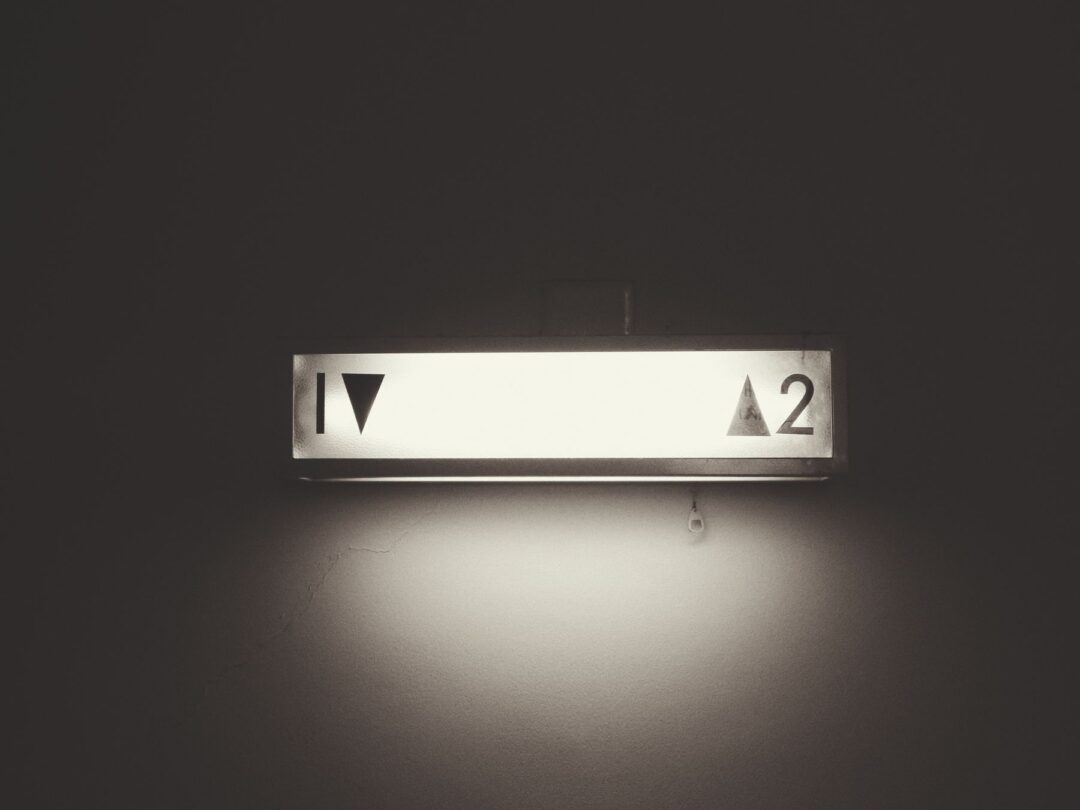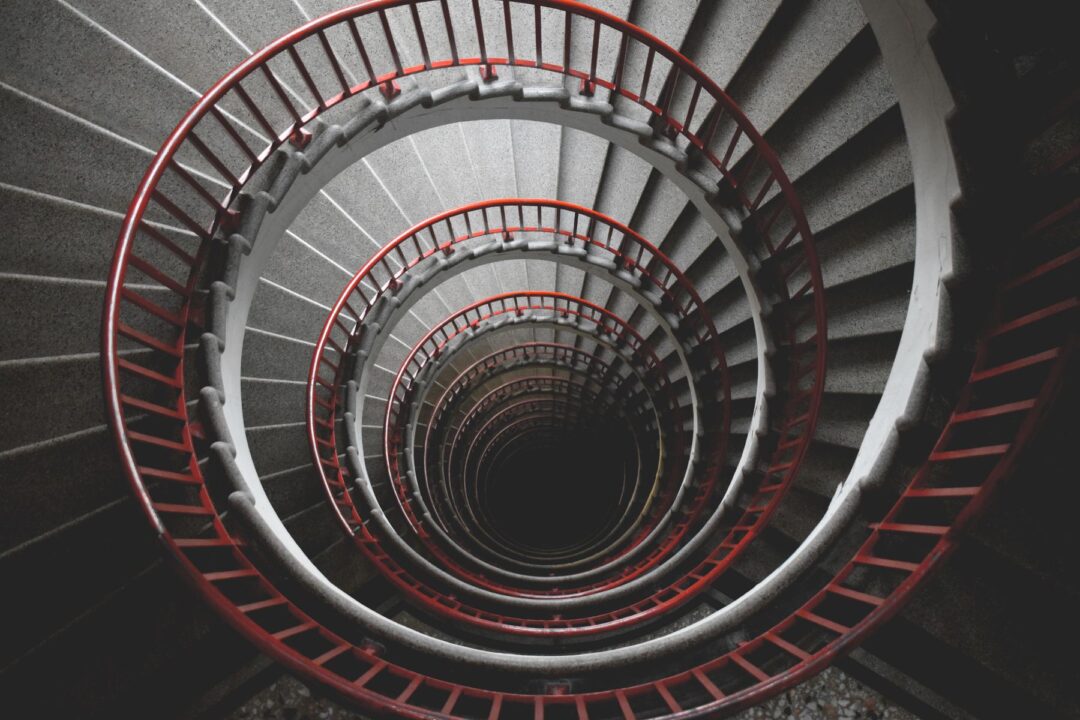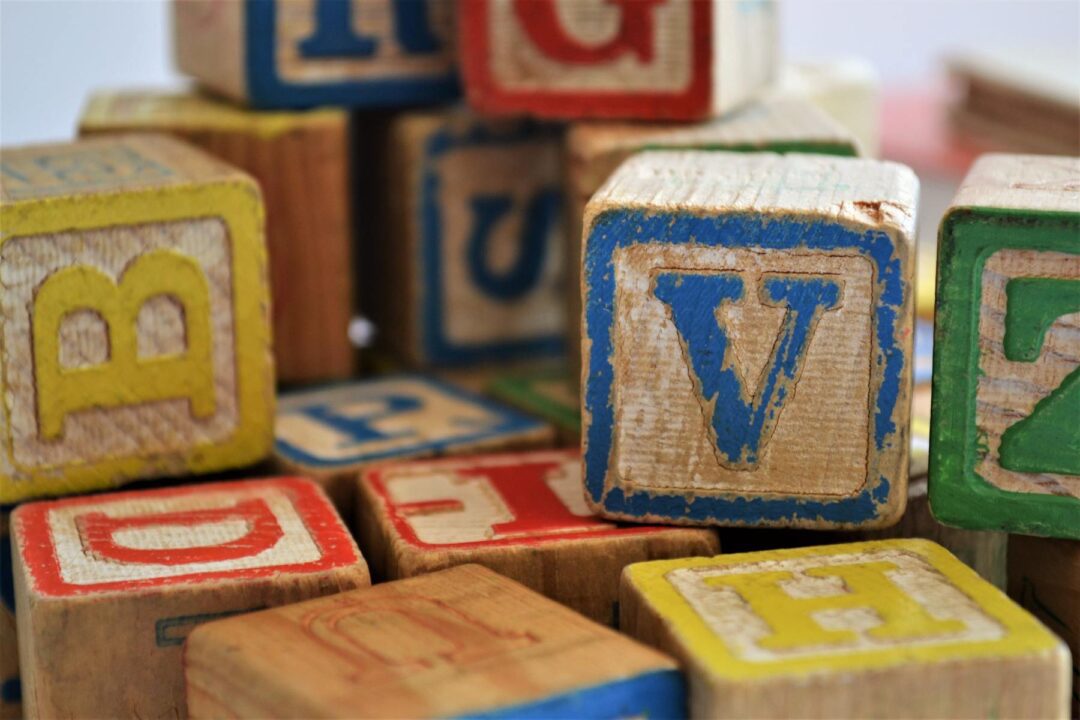Young children, place and movement – during social distancing and beyond


The access young children and their families have to different kinds of spaces, and what they are able to do in these spaces, has shifted dramatically as a result of the COVID-19 crisis. Stenning and Russell (2020), among others, have campaigned during lockdown for the need for families to access neighborhood public spaces and the importance for children of physically distanced play. In particular, although the right to take a daily walk or run for exercise has been available throughout lockdown, as Stenning and Russel point out, the physical activity of young children can take very different forms. They write,
‘Though some older children and teenagers may enjoy running, cycling or (currently disallowed) team sports, younger children mostly get their physical activity through play – scooting, chasing, inventing and exploring, stopping and starting, jumping, kicking balls, climbing on walls. The playful exercise of children looks very different to that of adults’.
I would argue that this difference between how adults might exercise, and children’s ‘playful exercise’ is particularly significant when it comes to the youngest children. In my own research with children aged 1-3 years (for a project titled ‘The emergence of literacy in very young children’, funded by the British Academy), movement of bodies in place is often of great importance. A little boy vocalizes ‘wawawawawa’ as he walks through the water and little streams flow around his ankles. A group of two-year-old friends drop down into the grass and roll over and over down a hill. A child carries a handful of plastic bugs around the grassy space, wandering whilst looking for the perfect place to position them. As each of these examples show, sound and movement are closely related (Hackett and Somerville, 2017), and both are deeply entangled with place (Gallagher, 2016).
Løkken (2000) has described the specificity of how young children move as ‘the toddling style’, defining its characteristics as a ‘here and there’ kind of movement, that exceeds purposeful journeying from A to B and is more about the slow experiencing of place through the body, and an openness to what might unfold during this movement. Wanja Kimani’s recent film ‘Butterfly‘ commissioned by Scarborough Museums, provides a meditation of the nature of young children’s walking in communities.
The passing of time (as this crisis continues to develop) and its significance to the bodies of very young children, is also important to consider. What young children can do with their bodies, changes week by week. I remember a baby boy trying to crawl commando style (thighs still dragging on the floor) through the pop-up tunnel at playgroup and getting tangled up in the polyester fabric. A couple of weeks later, he was crawling on all fours (thighs off the ground) and the tangling up did not happen. When I first met W she had just begun to walk, and was wearing brand new shiny shoes. She walked back and forth over a matMulti-academy trust - a group of schools working in collabor on the floor, experimenting with the way in which the change in texture seemed to unbalance her in her new shoes. These seemingly unplanned and serendipitous movements between bodies and places can spark a new idea, unexpected interactions or a ritual that the child wants to replicate every time they take that journey. This bodily experimentation seems often to be deeply meaningful and significant to young children.
What might the implications of this be for early childhood educators in the context of (potentially ongoing) physical distancing?
- Consider children’s movement, use of space and the importance of pausing, touching, repeating, stepping and experimenting, when planning the use of space within early childhood settings. In particular, consider this in relation to the kinds of spaces children may or may not have been able to access during lockdown. What is the role of place and movement in your setting in relation to children’s wider everyday lives?
- Research physically distanced games and resources and draw from the growing lists of these being compiled on social media, for example.
- At the same time, make time and space for children to invent their own approaches to physically distanced play. Remember the resourcefulness and creativity you will have seen children demonstrate so many times before in relation to what and how to play.
- Support parents and carers during this time, and listen to their experiences of access to and / or lack of access to spaces for ‘playful exercise’. How can you help families to feel heard, even if you cannot offer any quick solutions?
Finally, perhaps naming this kind of ‘playful exercise’ as something typical, valuable and worthy of consideration, is one of the most powerful ways educators can support and empower families, helping them to make and claim the time and space required for young children to use bodies, movement and place in these important ways.
Share your experiences with educators globally by joining the discussion below. How are you considering the relationship between place and movement during a time of social distancing?
References
- Gallagher M (2016) Sound as affect. Difference, power and spatiality. Emotion, Space and Society, 20: 42-48.
- Hackett A and Somerville M (2017) Posthuman literacies: Young children moving in time, place and more-than-human worlds. Journal of Early Childhood Literacy 17 (3): 374-391.
- Løkken G (2000) The playful quality of the toddling "style". International Journal of Qualitative Studies in Education 13(5): 531-542.
- Stenning A and Russell W (2020) Improving safe access to street space for children's play and physical activity. Available at: https://blogs.ncl.ac.uk/alisonstenning/improving-safe-access-to-street-space-for-childrens-play-and-physical-activity/ (accessed 18 June 2020).









